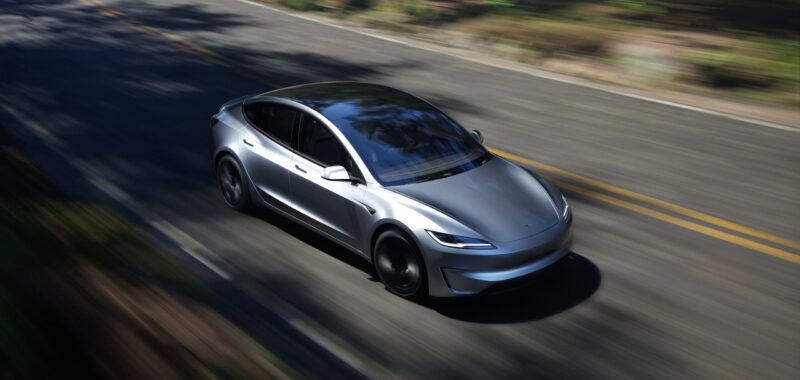There are signs that growth is returning to electric vehicle demand.
The first half of the year was mostly negative for electric vehicle (EV) investors. Increasing competition, continued consumer hesitancy over lack of charging infrastructure, and struggling economic conditions in many countries slowed sales growth for names including EV leader Tesla (TSLA -3.36%).
But sentiment started to change in the third quarter, and some EV stocks ticked higher. Tesla stock, for example, surged 22.2% last month, according to data provided by S&P Global Market Intelligence. Even EV newcomer Polestar Automotive (PSNY 2.38%) shares soared 41%. One exception was electric heavy-truck maker Nikola (NKLA -6.48%). Its shares dropped nearly 31%, but the stock reversed course at the end of the month, recovering about half of September’s losses in the past week.
The push higher in Tesla shares erased most of 2024 losses. Investors grew optimistic about Tesla’s Q3 delivery report as well as the upcoming Robotaxi update event expected on Oct. 10.
EV investors look for the winners
Tesla’s vehicle sales did return to growth in Q3. After deliveries in the first half of 2024 dropped 6.5% compared to 2023, the company’s nearly 463,000 deliveries in Q3 were up by 6.4% versus last year. But that didn’t quite satisfy investors, and Tesla stock has dipped to start October. That’s because it still doesn’t seem likely that Tesla will reach its goal of 2 million EV deliveries this year. It would need more than 700,000 units in Q4 for that to happen.
But investors had another reason to send Tesla stock higher last month, too. Anticipation for what CEO Elon Musk will say in its upcoming Robotaxi event is high. Investors will be listening closely on Oct. 10 when the company offers its vision of when it may see meaningful monetization of its high-profit, self-driving software. Earlier this week, widely followed Tesla analyst Dan Ives from Wedbush wrote, “We believe Robotaxi Day will be [a] seminal and historical day for Musk and Tesla and marks a new chapter of growth around autonomous, FSD [full self-driving], and [an] AI [artificial intelligence] future at Tesla.”
Investors also rewarded Polestar for its delivery update in September. At the end of August, the Volvo subsidiary reported a sequential 82% increase in EV deliveries in its Q2 compared to Q1. Investors poured into the stock after that report. Polestar also had a relatively high 7.6% of its shares sold short as of mid-September, which likely contributed to a short squeeze in those shares.
Nikola is in a different segment of the EV business. Its hydrogen fuel cell-powered heavy trucks aim to create an entirely new market space. The stock has dropped 80% year to date as the company has been forced to raise capital as it works to build out the fueling infrastructure for those trucks.
But sales are growing, and investors reacted positively when Nikola said it wholesaled 88 trucks to its dealers for sales to end users in Q3. Nikola has now wholesaled 200 hydrogen fuel cell trucks to dealers through the first three quarters of the year.
Nikola still has to grow the infrastructure, and its trucks compete with Tesla’s battery-electric Semi trucks. That makes it the riskiest of these three names and helps explain why shares have dropped so much so far this year.

